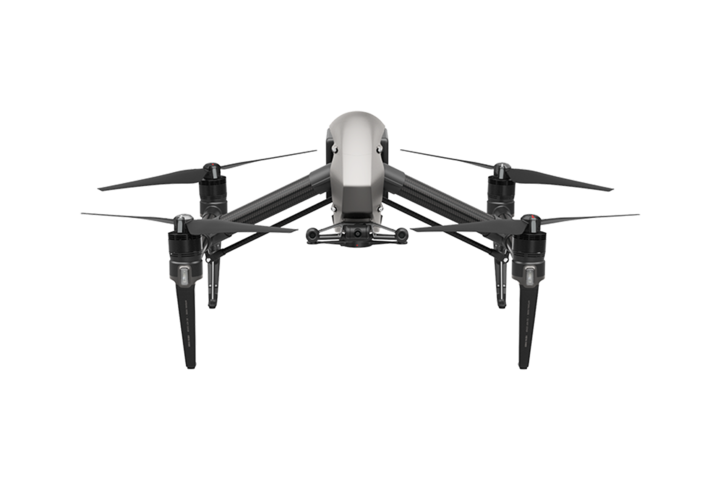
News and Commentary. In the last two years, drone manufacturers across the globe have announced that they intend to shift their markets away from the fiercely competitive consumer market towards what they hope is the more profitable realm of commercial drones. But is the commercial drone market the answer to a falling profit margin? Maybe.
3DR was the first to admit defeat when they announced last year that they would restructure the company towards the commercial market. 3DR cut jobs and dramatically changed focus, after a brutal consumer drone price war left them facing the aftermath of the 2015 holiday season with warehouses full of unsold Solos. After predicting “a bloody year” for drone manufacturers due to DJI’s aggressive pricing strategies, Parrot made a similar announcement this year, laying off over a third of their drone workforce. The company’s commercial division, senseFly, is still going strong – but Parrot intends to shift the rest of its drone organization towards the commercial market.
There are cogent reasons that make a shift to commercial drones reasonable. Regulations have opened in the commercial arena, allowing more widespread use of commercial applications. These applications have strong ROIs: and verticals like agriculture, inspection, mining and energy are all moving steadily, if not quickly, towards the adoption of drone programs. The price point of commercial drones remains higher than that of consumer drones – sort of.
Crop spraying, irrigation, or firefighting drones aside – large drones that carry a significant payload – or specific equipment for filmmaking – many applications can be performed by a smaller drone. And the prosumer drone seems to answer the need. DJI owns the market in prosumer drones too, right now – the DJI Phantom and Inspire series and the Mavic Pro are widely used by professional operators. And what worked once could certainly work again – it would seem that a price war in the prosumer arena is not out of the question.
“Hardware is sexy, but it’s software that matters,” says marketing expert Seth Godin, and that may very well apply to drones too. When formerly consumer drone manufacturers say they are making the shift to commercial drones, their success may depend not upon their aircraft but the partnerships, platforms, and software that they provide.
In the year since 3DR said they were refocusing the company, the company has moved forward. They’ve received additional funding; they partnered with Autodesk to better serve the construction industry; they’ve integrated a Sony camera to improve their enterprise offering. But partnerships and integration deals in the drone industry seem to move with the speed of light, and manufacturers shifting away from the consumer market will have to work fast to develop a stand out offering for commercial operators.
Miriam McNabb is the Editor-in-Chief of DRONELIFE and CEO of JobForDrones, a professional drone services marketplace, and a fascinated observer of the emerging drone industry and the regulatory environment for drones. Miriam has penned over 3,000 articles focused on the commercial drone space and is an international speaker and recognized figure in the industry. Miriam has a degree from the University of Chicago and over 20 years of experience in high tech sales and marketing for new technologies.
For drone industry consulting or writing, Email Miriam.
TWITTER:@spaldingbarker
Subscribe to DroneLife here.
